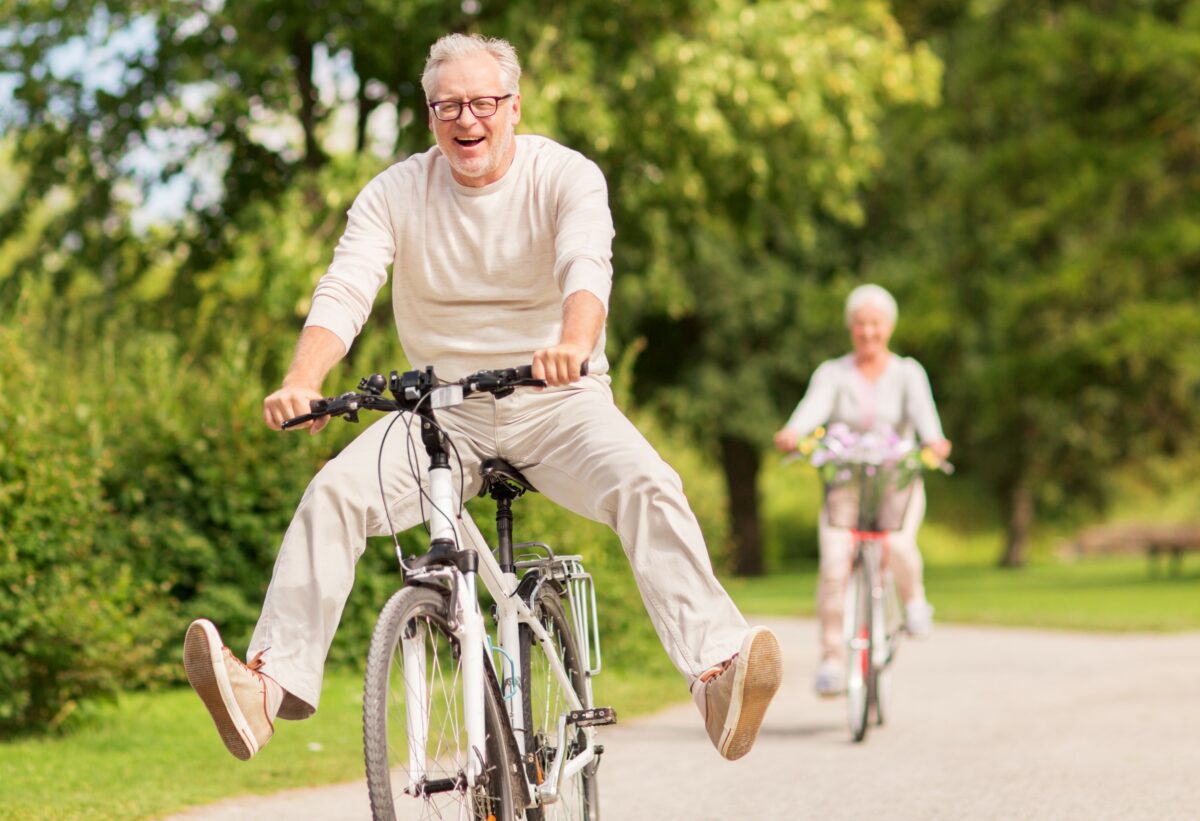
Guidelines for physical activity
Date: 11/04/2021Physical activity is considered one of the best medicines for many different ailments and diseases. In addition to musculoskeletal disorders, there is a long list of what being physically active is positive for, including:
· Milder mental disorders such as anxiety and depression
· Dementia
· Cardiovascular diseases
· High blood pressure
· Diabetes type 2
· Different types of cancer
· Bone fragility
“If physical activity had been a pill, everyone would have taken it”
In 2020, the World Health Organization (WHO) came up with new recommendations for physical activity, and this has been reproduced in the British Journal of Sports Medicine (2020).
The new guidelines have taken into account the fact that many people sit much more than they did before and are based on good documentation about the connection between a lot of sitting, poor health and an increased risk of early death. Research shows that if we sit for 10 hours or more a day and are physically inactive the rest of the time, the risk of us getting an illness from which we die early increases significantly. The good thing is that if we perform 30-40 minutes of moderate to hard physical activity daily, we reduce this danger significantly.
All physical activity counts, as long as you get a little out of breath or tired. Whether it’s housework, going for a walk, exercising or playing with the children doesn’t matter. Therefore, it can be an advantage to choose something that you find fun or rewarding. Or that you are active instead of spending your time being passive, for example by taking the stairs instead of the lift or escalator. You are welcome to divide the activities into chunks of 10 minutes or more.
150-300 minutes during the week of moderate activity or 75-100 minutes of vigorous activity. What is the difference? Yes, as a simple rule we can say that with moderate activity you become out of breath and you can talk, but a little more strained than when the conversation is easy and free. During strenuous activity, you would prefer to only say something with one or a few words when training endurance, and partially hold your breath when training strength or lifting something heavy.
Elderly people with reduced mobility should do strength training and balance training at least 3 times a week to reduce falls.
Remember: A even a little exercise is positive, increasing your physical activity is beneficial. Download the Trigo app and browse body workouts for all ages and abilities, curated by Trigo physios.